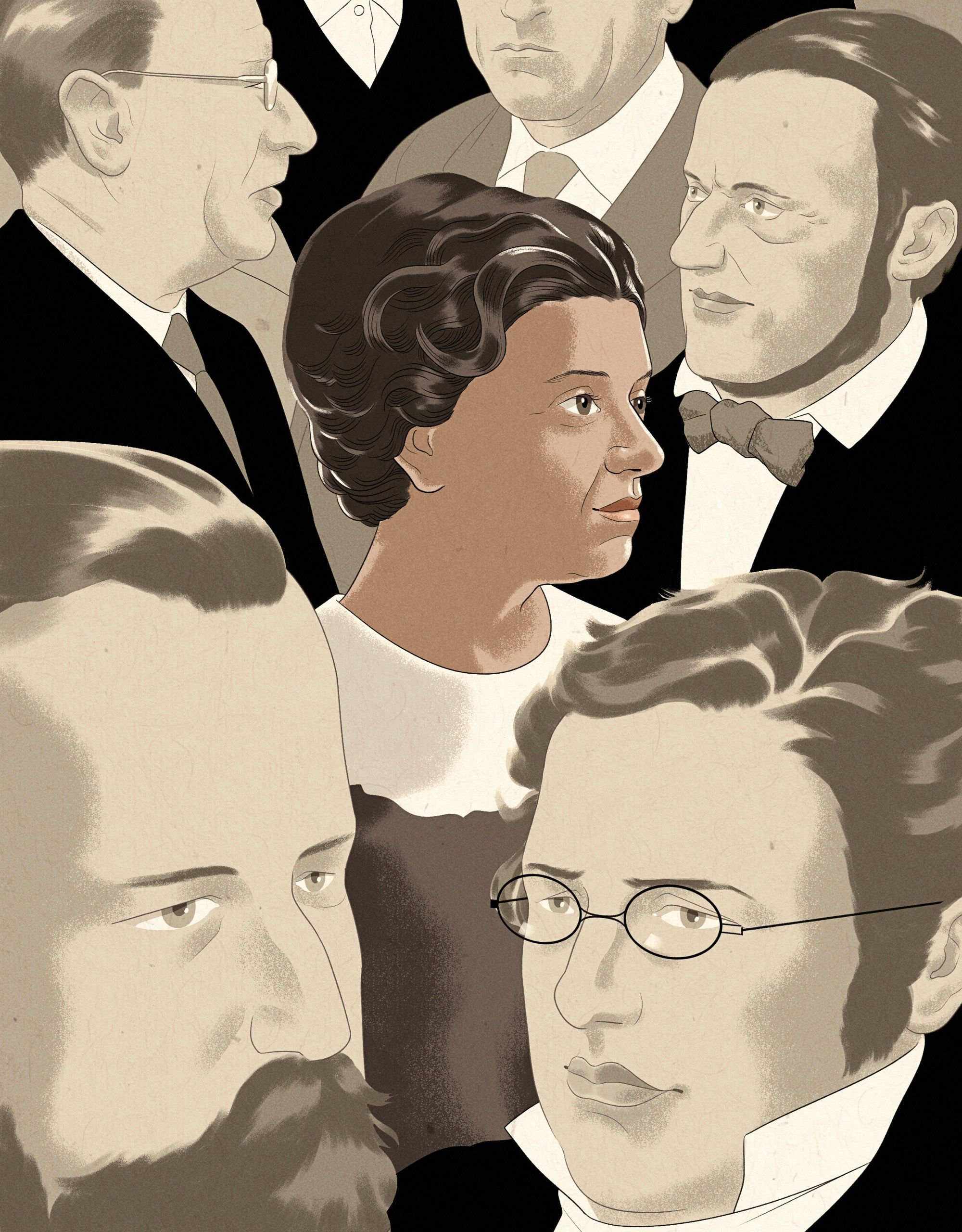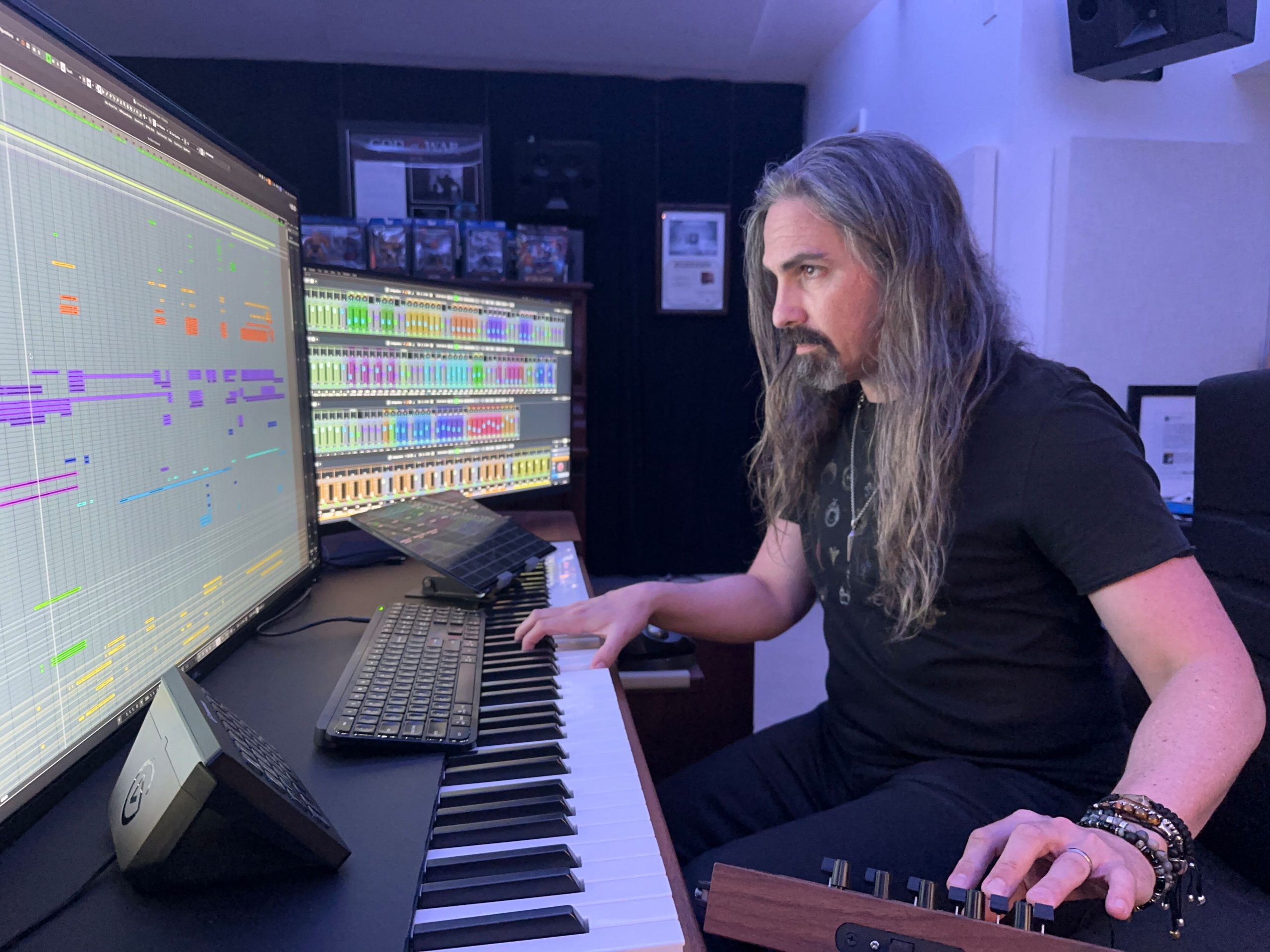The Influence of Cultural Diversity on Personal Musical Styles and Expressions

Understanding the Fabric of Musical Expression
Music is a powerful medium that transcends geographical and cultural boundaries, establishing a form of communication that resonates deeply within the human experience. The influence of cultural diversity permeates every aspect of musical creation, intermingling styles, rhythms, and philosophies to craft unique soundscapes that reflect individual and collective identities. This synergy of various cultural elements not only enhances artistic expression but also nurtures a rich environment where innovation can thrive.
Global Influences
Take, for example, the evolution of jazz music, which is a quintessential American genre born from African-American communities in the early 20th century. It incorporates elements from African rhythms and European harmonic structures, showcasing the profound impact of cultural fusion. Similarly, reggae, which emerged in Jamaica, draws influence from African music styles, American jazz, and rhythm and blues. Hip-hop, another global phenomenon, blends beats, spoken word, and storytelling, influenced by a variety of musical traditions, including funk, soul, and even Latin music. These genres exemplify how musical creativity thrives on collaboration across cultures, leading to distinctive sounds that are celebrated worldwide.
Instruments and Techniques
The incorporation of diverse instruments further exemplifies this cultural mosaic. The tabla from India, the djembe from West Africa, and the ukulele from Hawaii each contribute unique tonal qualities and playing techniques to various musical genres. Imagine how an American jazz band might incorporate a sitar to create a fusion of East and West, giving rise to a fresh sound that appeals to a broader audience. Such experimentation not only enhances musical diversity but also allows artists to push the boundaries of traditional music forms.
Lyrics and Themes
Beyond melodies and rhythms, the lyrics often capture the rich narratives and lived experiences of different cultures. For instance, many contemporary songwriters draw directly from their cultural backgrounds, weaving stories that resonate on both personal and universal levels. This interplay between experience and artistry exemplifies the depth of meaning that diverse cultural influences contribute to music. Artists like Lin-Manuel Miranda, whose musical “Hamilton” interlaces hip-hop with American history, highlight how cultural narratives can redefine storytelling within music, inviting listeners to engage with themes of identity and social justice.
In the United States, the impact of immigrant communities plays a pivotal role in shaping the musical landscape. From the influx of Caribbean migrants who introduced calypso and soca to the United States, to the influences of Latinx communities contributing to the popularity of salsa and reggaeton, each group enriches the American musical experience. This cultural exchange fosters a dynamic musical ecosystem, inviting audiences to embrace a more complex understanding of identity through sound.
As we explore further, it becomes evident that personal musical styles serve not only as reflections of individual journeys but also as vibrant tapestries woven from diverse cultural threads. Recognizing these connections encourages a deeper appreciation for the myriad musical expressions that coexist within society.
Ultimately, this exploration of musical diversity demonstrates how music can be a catalyst for understanding and unity, bridging gaps between different communities and fostering an environment where creativity knows no bounds.
DISCOVER MORE: Click here to learn about how music lessons can enhance kids’ confidence and social abilities
Cultural Roots and Their Impact on Sound
In the vast realm of music, cultural roots form the basis of personal expressions and styles, shaping how sounds evolve over time. Each individual’s musical journey draws from a rich tapestry of influences including heritage, tradition, and personal experience. This complex interplay underscores the notion that music is not only an art form but also a reflection of cultural diversity deeply woven into everyday life.
The Role of Heritage in Musical Identity
The heritage from which musicians emerge serves as a crucial ingredient in the development of their personal styles. For many artists, their family’s cultural practices and the music they grew up hearing profoundly affect their compositions and performances. For instance, a Latino musician might blend traditional mariachi elements with contemporary pop, while a Black artist could infuse blues and gospel influences into contemporary R&B. In each case, these cultural elements combine to craft a unique sound that tells a story beyond mere notes.
Local Legends and Global Sounds
Musicians often find inspiration through local legends and folklore, which reflect the values and struggles of their communities. This connection to local narratives results in songs rich with layers of meaning. A few examples include:
- Native American Flute Music: Represents spiritual connections to nature and community.
- Bluegrass: Originating in the Appalachian region, intertwining Irish, Scottish, and African American music traditions.
- Chicano Rap: A manifestation of socioeconomic conditions faced by Mexican-American communities, merging bilingual lyrics with hip-hop influences.
By drawing from these local sounds, musicians can express their cultural identities while at the same time engaging with a global audience. This balancing act allows for both authenticity and innovation as people recognize their stories may resonate with listeners far beyond their own communities.
Digital Landscapes: New Cultural Exchanges
The digital age has significantly altered the ways in which cultural exchanges occur. Modern platforms such as YouTube, Spotify, and social media allow artists to share their work and collaborate with others globally. This access to digital tools fosters a collaborative environment where artists from different backgrounds can easily influence each other’s musical expressions. For instance, the rising trend of cultural collaborations—like Latin Trap artists teaming up with American pop stars—illustrates how diverse cultural influences can merge to create something entirely new.
Such collaborations not only amplify diverse voices but also challenge existing musical boundaries, inviting audiences to engage with new genres and styles. Ultimately, the digital realm serves as a catalyst for cultural diversity, allowing personal musical styles to flourish in a way that reflects the interconnectedness of our global village.
As we unravel the fabric of musical expression influenced by cultural diversity, it becomes clear that personal styles are not created in isolation. They are nourished by the very cultures and communities that artists hail from, providing a lens through which we can appreciate music’s profound ability to connect us all.
| Cultural Influence | Impact on Music |
|---|---|
| Vibrant Fusion | Strong integration of various musical genres leading to unique sounds |
| Emotional Expression | Cultural backgrounds provide diverse emotional narratives and themes |
Exploring the extensive influence of cultural diversity offers a captivating glimpse into how personal musical styles are shaped. The concept of vibrant fusion manifests as musicians blend different genres, crafting sounds that are both innovative and reflective of global musical traditions. For instance, the intertwining of African rhythms with Western pop can result in the birth of entirely new genres, showcasing the remarkable ability of music to transcend boundaries.Moreover, the emotional expression found in diverse cultural songs can convey profound narratives, allowing artists to explore themes that resonate widely yet remain deeply personal. Understanding the emotional depths rooted in specific cultures enriches an artist’s ability to connect with their audience. From the haunting melodies of Indigenous music to the lively joy of Caribbean rhythms, every culture offers an emotional palette that shapes individual style and expression.This exploration of cultural diversity inevitably leads to intriguing questions about how globalization continues to affect music creation. The blending influences invite further inquiry into how personal and communal expressions evolve over time, reflecting not only personal identity but the shifting dynamics of global society.
EXPLORE MORE: Click here to dive into the world of music therapy
Fusion and Innovation in Musical Genres
At the intersection of cultural diversity and musical expression lies an emerging trend: the fusion of various genres, resulting in innovative sounds that often challenge conventional classifications. Artists are increasingly using their diverse backgrounds as a springboard for creativity, leading to the birth of entirely new genres that reflect a blend of influences from around the globe.
Genres Born from Cultural Exchange
Many contemporary styles can be traced back to a rich history of cultural exchange, where the blending of different musical traditions creates something fresh and electric. Take, for example, reggaeton, which originated in Puerto Rico and combines influences from Jamaican dancehall, hip-hop, and Latin American rhythms. Artists such as Bad Bunny and J Balvin have skyrocketed to international fame by incorporating diverse sounds into their work while staying connected to their cultural roots.
Another notable example is the genre known as Afrobeats, which originated in West Africa and integrates traditional African music with jazz, funk, and soul. Artists like Burna Boy and Wizkid have not only brought this vibrant genre to mainstream global music but have also highlighted the cultural narratives and themes inherent in their African heritage. The popularity of Afrobeats illustrates how cultural diversity has direct implications on the evolution of music and how it can create platforms for artists to showcase their stories worldwide.
The Power of Collaborations
Collaborations serve as a powerful tool for artists looking to push the boundaries of their own musical styles. Cross-genre collaborations, such as the partnership between Taylor Swift and Latin music star Ozuna in their song “Te Quiero Más,” reflect how diverse musical backgrounds can coalesce into something innovative. These partnerships not only enhance the reach of an artist’s work but also allow them to explore different sounds and rhythms, ultimately enriching their own artistic development.
Furthermore, events like music festivals and cultural exchange programs encourage artists from various backgrounds to engage, learn, and inspire one another. Notable festivals like Coachella and South by Southwest (SXSW) often showcase a myriad of artists from different cultural backgrounds, thus providing an opportunity for new sounds to emerge and for artists to experiment with fusion in real-time.
Community and Representation in Music
As cultural diversity takes center stage, the music industry is also witnessing a rising demand for representation. Audiences are increasingly calling for authentic voices that resonate with their experiences. This means that artists who authentically represent their cultures are not only gaining traction but are also shaping the landscape of music. Noteworthy artists like H.E.R. and Anderson .Paak use their diverse heritages as a lens through which they express personal stories, addressing complex societal issues through their lyrics.
Moreover, with platforms such as TikTok allowing for viral trends and challenges, musicians are better able to showcase their cultural influences in real time. Short snippets of songs can often lead to increased interest in the deeper cultural stories behind them, encouraging listeners to delve into the artists’ broader discographies and cultural histories.
Through these various channels, the influence of cultural diversity is undeniably reshaping personal musical styles and expressions across the board. As artists continue to embrace their unique backgrounds and collaborate worldwide, we can anticipate a continuous evolution of music that not only entertains but also enriches our understanding of one another.
DISCOVER MORE: Click here to dive deeper
Conclusion: Embracing Cultural Diversity in Music
The exploration of cultural diversity in music reveals a profound impact on personal musical styles and expressions, reshaping the soundscape of contemporary music. As we have seen, artists are increasingly drawing from their varied heritage to create new genres that transcend boundaries and resonate with a global audience. Genres like reggaeton and Afrobeats serve as prime examples of how cultural exchange can give birth to innovative sounds that reflect a collective identity.
Moreover, the power of collaboration in music continues to foster creativity, resulting in groundbreaking partnerships that enrich the musical experience. Through cross-genre collaborations and cultural exchange initiatives, artists not only expand their artistic horizons but also foster a sense of community and representation. This reciprocal relationship between artists and audiences is vital, as it elevates the significance of authentic voices in the industry.
As we advance into an era where digital platforms amplify cultural narratives, the call for diversity and inclusion has become more pronounced. The rise of social media allows for the swift sharing of cultural nuances, encouraging listeners to engage with sounds that celebrate varied backgrounds. This shift emphasizes the importance of supporting diverse artists, providing them with the platforms to express their unique stories.
Ultimately, the ongoing evolution of music, influenced by cultural diversity, is not merely about entertainment; it serves as a vital conduit for understanding the multifaceted human experience. As listeners, it is our privilege to embrace these diverse expressions, fostering appreciation and respect for the rich tapestry of stories they tell.


